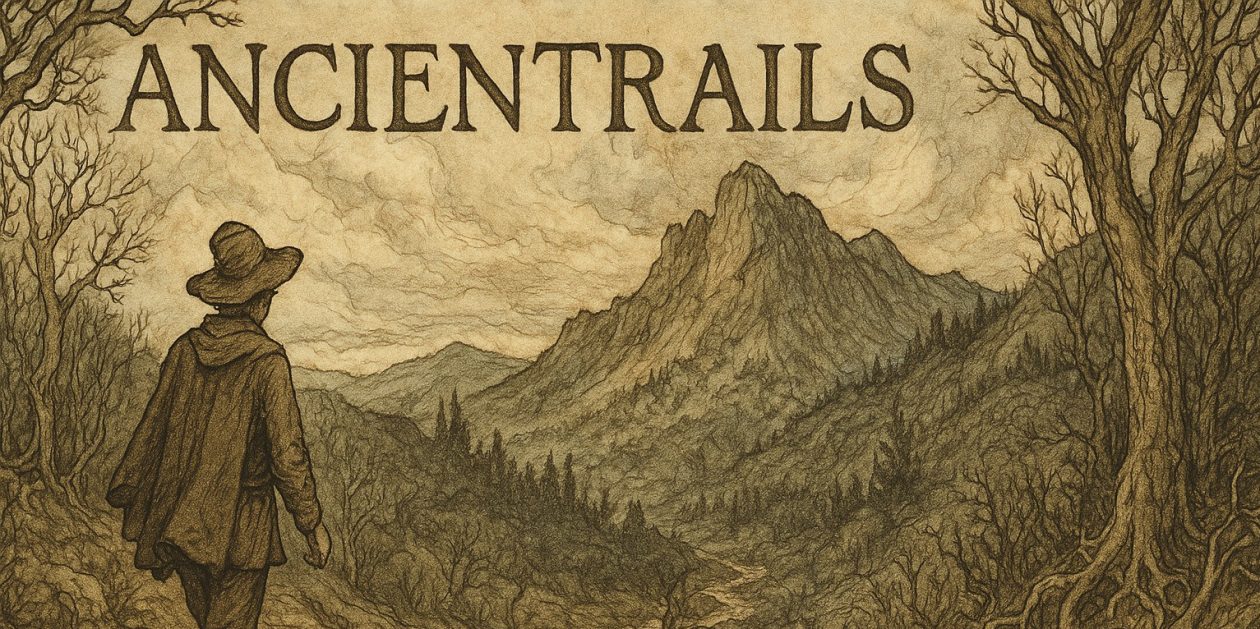Fall Harvest Moon
I’ve gotten lazy about attributions and I’m gonna fix that. I will show my source for every photograph I use, not inclusive of ones in my photo files for which I do not have a source. This means all the photographs or images I use in the future will have some means for you to track back on them as far their original posting allows.
(lacma)
This Curator’s Code, for example, comes from here.
Why Attribute Discovery?
-
RESPECT & COURTESY
Every piece of information we encounter was put before us by someone who worked to create it, discover it, or bring it to our attention. Attribution is about acknowledging that labor and simply saying ‘thank you.”
-
GENEROSITY OF SPIRIT
Ideas spark other ideas. Attribution lets us give back credit to those who have enriched us creatively and intellectually by exposing us to ideas and content upon which we build our own.
-
AN INFORMATION GENOME
In an ideal world, where we all attribute our sources, an information genome would emerge and reveal how information travels on the internet. Understanding that ecosystem would help us evolve and improve it in the long run.
-
KEEP THE RABBIT HOLE OPEN
The internet is a whimsical rabbit hole of discovery. Acknowledging where information came from helps keep the rabbit hole open and makes the Web Wonderland better for all of us.
Attribution 101
-
CREATORS COME FIRST
Attributing your source of discovery should never obscure attributing the creator or originator of the content. For instance, if you repost a compelling poster you found on your favorite design blog, first credit the person who designed the poster, and then attribute discovery to the design blog that brought it to your attention.
-
USE THE UNICODES–OR DON’T
We’ve proposed two unicode characters for attributing. They’re clean and short, and they help spread the message of The Curator’s Code itself, but they are not the only way to attribute. You can always use words like “via,” or simply hyperlink to your source — the link is the important part.
-
S VS. R
Part of what The Curator’s Code aspires to do is evolve our thinking about the levels of attribution. “Via” ᔥ tends to denote a direct repost — something you found elsewhere and shared with your audience with little modification or elaboration. “HT” ↬ tends to stand for indirect discovery — something for which you got the idea at your source, but modified or elaborated on significantly when sharing with your audience.
